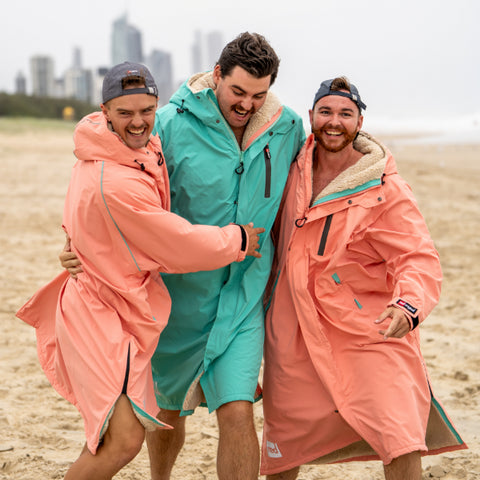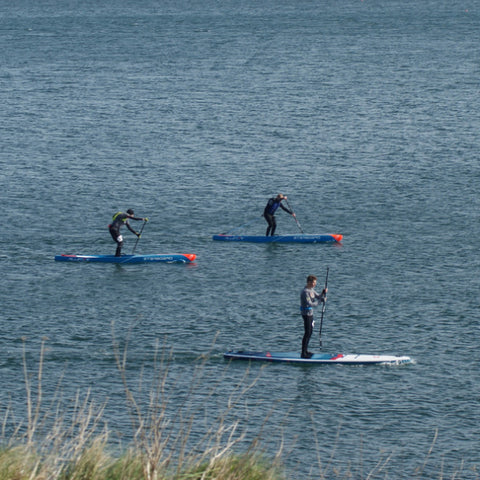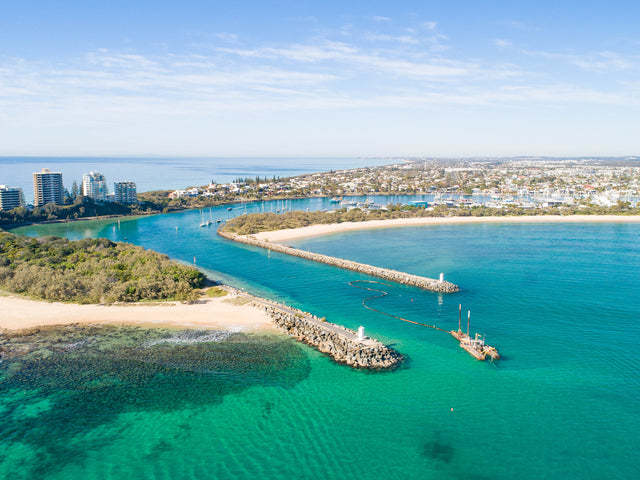
Learning to sail could be one of the best decisions you make. Sailing is a sport enjoyed by millions around the world for the sense of freedom and exploration that it provides. You never know, it could be your next favourite hobby! So, if you’re thinking about learning to sail but aren’t quite sure how to get started, have a read of the following guide. Hopefully it should tell you everything you need to know about how to get into sailing.
Take a training course
Before you set off on your own adventures, you need to make sure that you’ve got a basic skill set under your belt by completing the necessary training courses. The Royal Yachting Association (RYA) offers plenty of beginners courses in the UK that will provide you with the skills to start heading out on the water. If you visit their website you can find a local centre nearby where you can take part in the courses. If you don’t live near the coast, you’ll find that there are plenty of clubs and centres based around lakes where you can learn to sail.
Join a club
Whilst you don’t have to join a club when learning to sail, it’s a really affordable and sociable way to get into the sport. If you join a sailing club then you’ll have access to club boats and equipment and you can have confidence that you’ll experience the best training. It’s also a chance to socialise with like minded people, and to find out about different sailing activities and competitions that you could take part in as you get more involved in the sport. You can find a club near to where you live through the RYA or by (quite literally) googling “learn to sail near me”.
Yacht sailing vs dinghy sailing
Before you start learning to sail and join a club, it’s worth thinking about whether you would like to sail yachts or dinghies. The main difference between a yacht and a dinghy is size. Yachts can range in size from 6m-70m, making them best suited for sailing with crew out in the open sea. Dinghies on the other hand are much smaller boats, usually between 3-5m long and are great for sailing on inland waters like lakes and reservoirs. Dinghies are a popular choice for beginners because they are light and responsive and usually only rigged with one mast and sail, making it easy to learn the ropes (pun intended). However, that’s not to say you can’t start on a sailing yacht. It’s ultimately a choice of personal preference, and as you nail the basics you can always transition between boats.
Get the right clothing and equipment
Once you’ve committed yourself to learning to sail, you’ll need to make sure you’ve got the essential pieces of kit. If you’re having sailing lessons then the club should provide you with the necessary safety equipment and navigation hardware to get you started, however there are a few essential pieces of kit you’ll need to source yourself.
Conditions can change quickly on the water and so it’s always best to layer up. The Red Original performance top layer is perfect for wearing over the performance t-shirt and both feature moisture wicking properties to keep you comfortable throughout your sail. For warming up once you exit the water, a pro change robe is a must for keeping you protected from the cold and allowing you to change easily in and out of your sailing gear. Kit bags are usually a must to store all our wet weather gear. Whilst on the water, keep all your belongings close to hand in a waterproof pouch, so you can raise the alarm without the fear of damaging your items.
For more help finding the essentials, you can see our full range of sailing clothing & accessories right here.

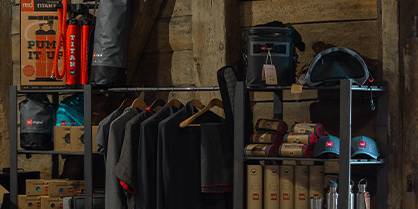

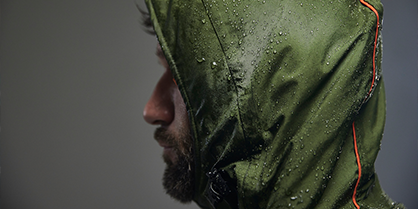

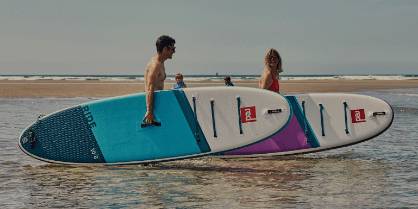
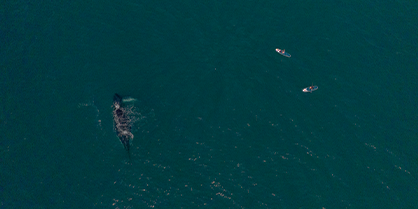
.webp?v=1671109153542&options=w_768,c_fill)
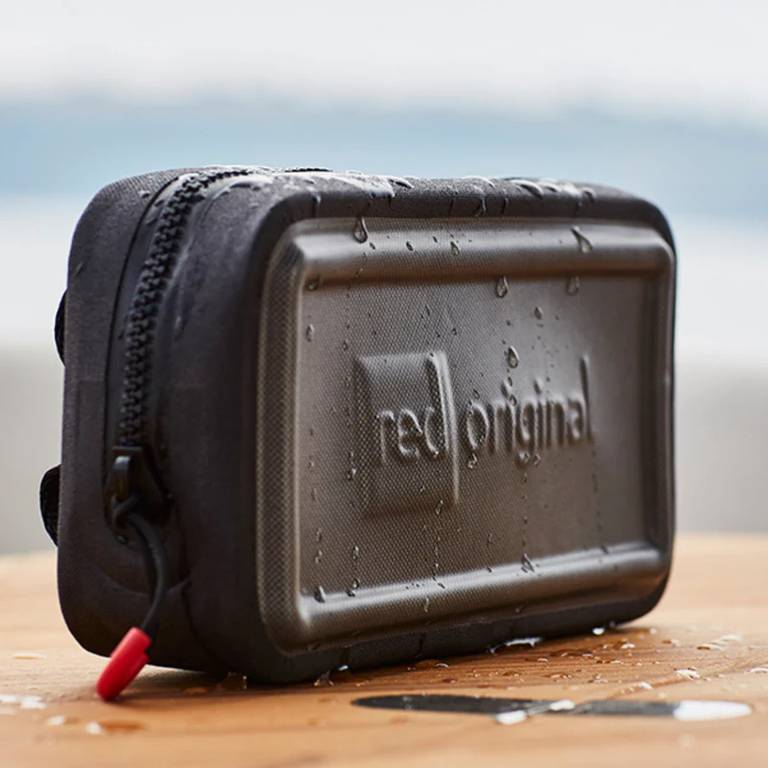
.webp?v=1671109155448&options=w_768,c_fill)

